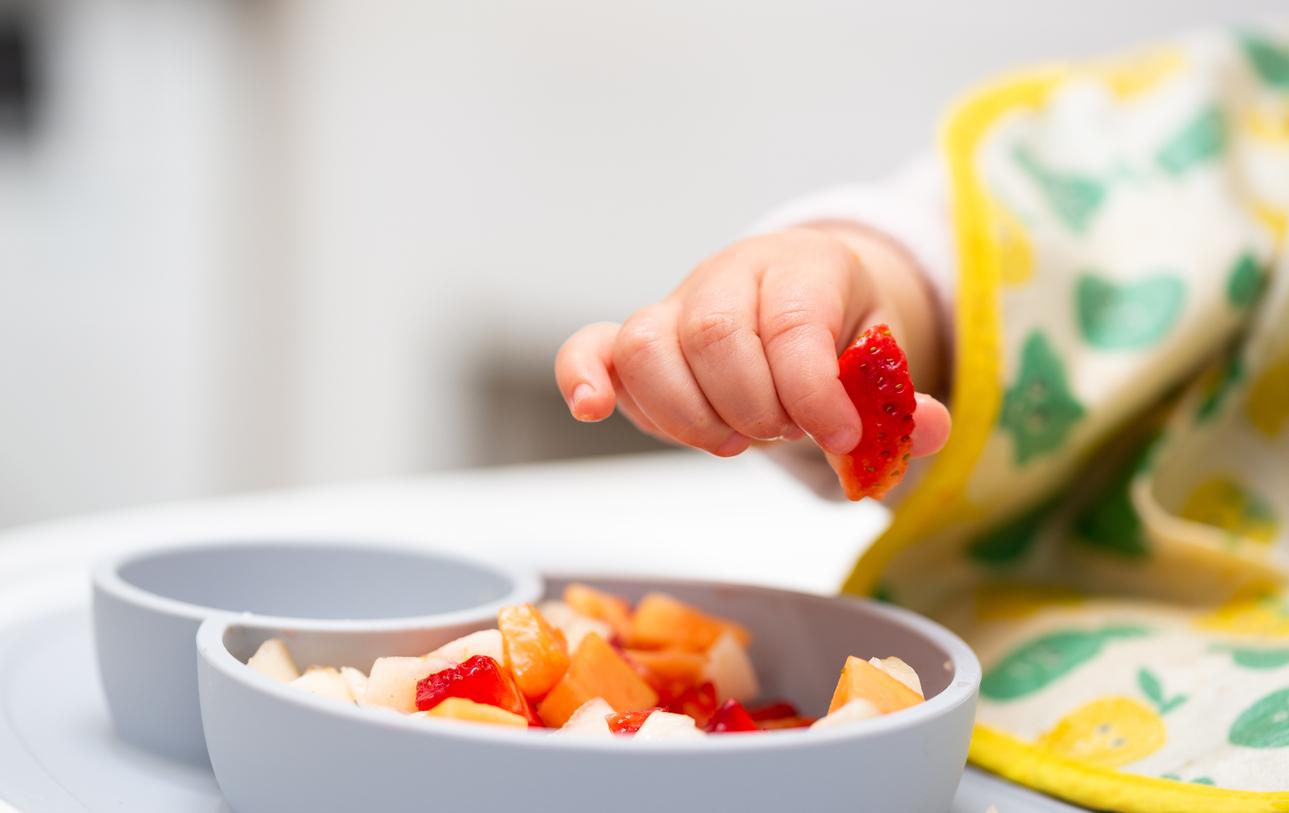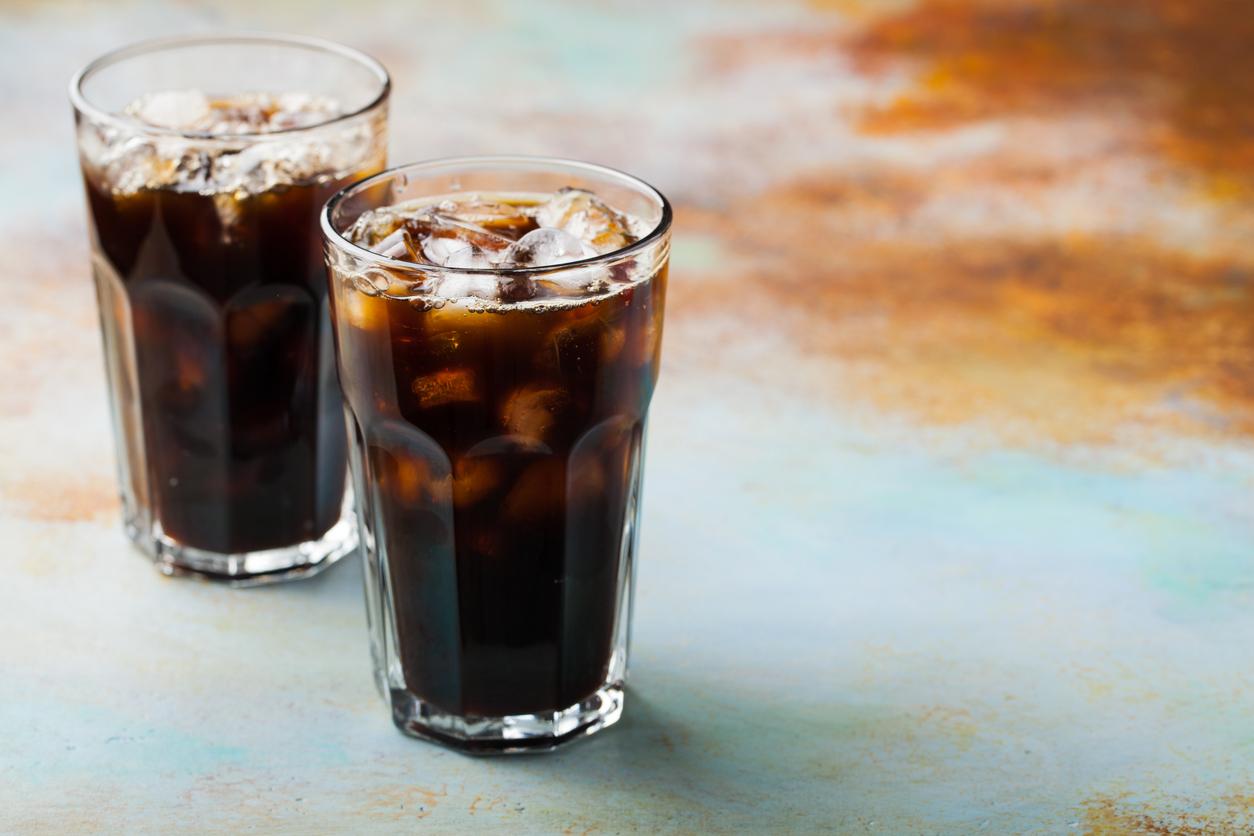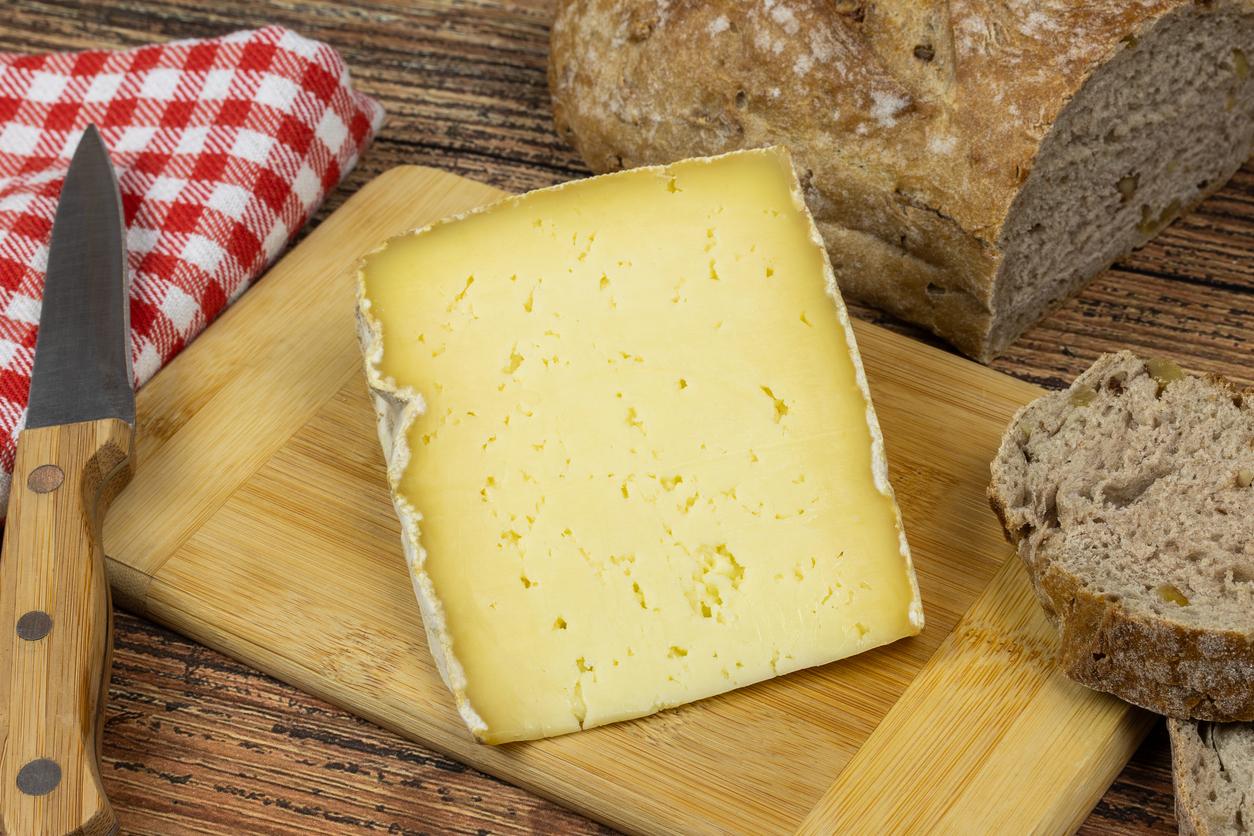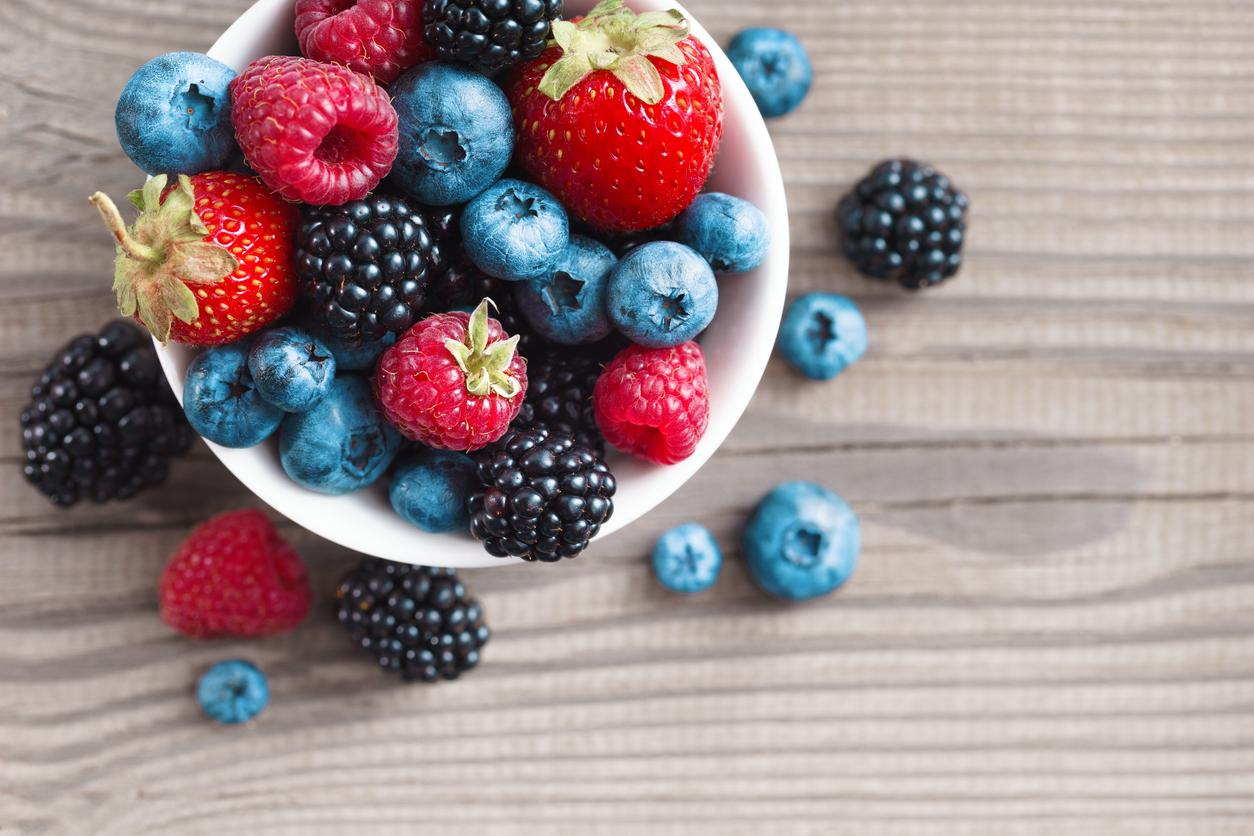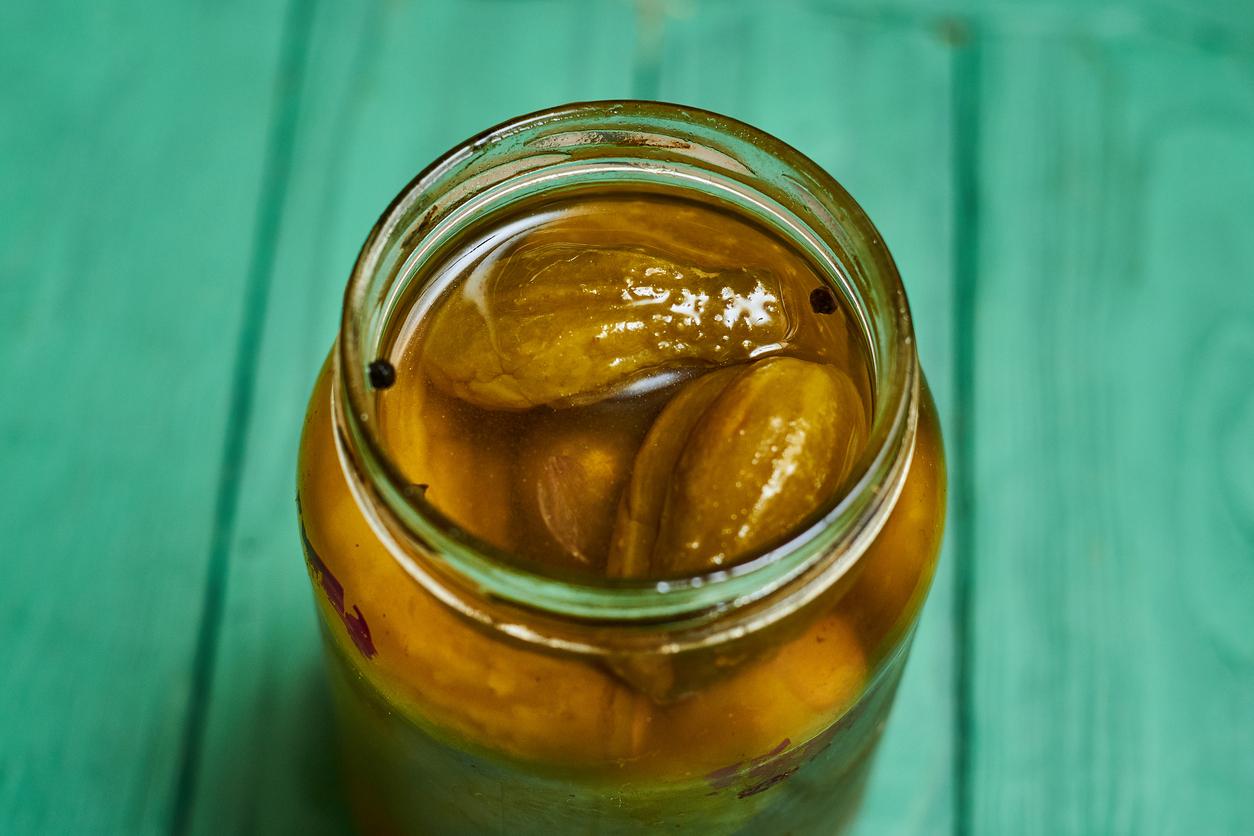The crunchiness of a crisps, the crunchiness of a carrot or the sparkling sound of a soda can that we open could influence our perception of their taste, according to a study published in a British magazine. on flavors. According to this study, sound is “a sense of flavor that has been forgotten”.
“You can learn a lot about the texture of a food depending on whether it crisps, crunches or cracks when chewing. The latest techniques in the field of cognitive neuroscience are revolutionizing our knowledge of enjoyment. food and drink, “explains Professor Charles Spence, professor of experimental psychology at the University of Oxford and lead author of this study.
This shows that by synchronizing a sound with the consumption of a food, one can modify the way in which one perceives and especially the fact of liking or not this food.
Consumers are in favor of crispness
“Our brains are all the time trying to collect information about our environment,” adds Professor Spence. According to his research, it was the word “crisp” that consumers used most often when asked to describe 79 foods they should taste. The researcher also recalled the conclusions of a study carried out in 2007 by the University of Leeds which focused on the attractiveness of bacon. “We often think it’s the taste and smell of bacon that make consumers salivate. Research has shown that texture and crunch are just as important, if not more.”
According to Prof. Spence, this is probably because sound gives us the feeling of texture, and we therefore associate it with quality. “If an apple bites into your mouth instead of melting, then you know it’s good.”
“Even ‘soft’ foods like bananas or chocolate mousse give us auditory cues when we bite or plunge the spoon into them.” According to the researcher, the association of bran and food could be an avenue of research to help make food more enjoyable for the elderly, whose sense of taste is often reduced.
Read also :
Food tastes better when thought to be organic
Unami: the 5th healthy flavor










